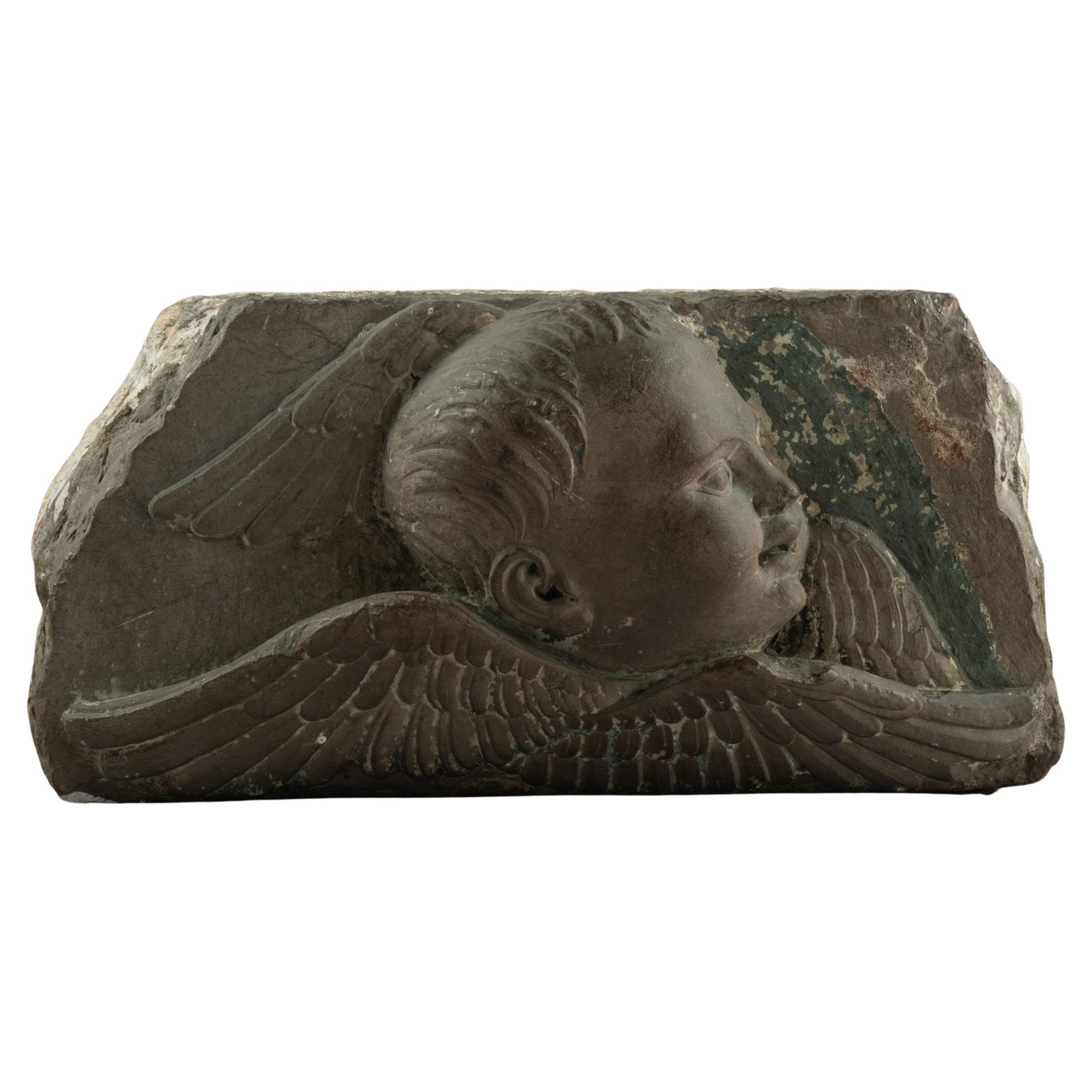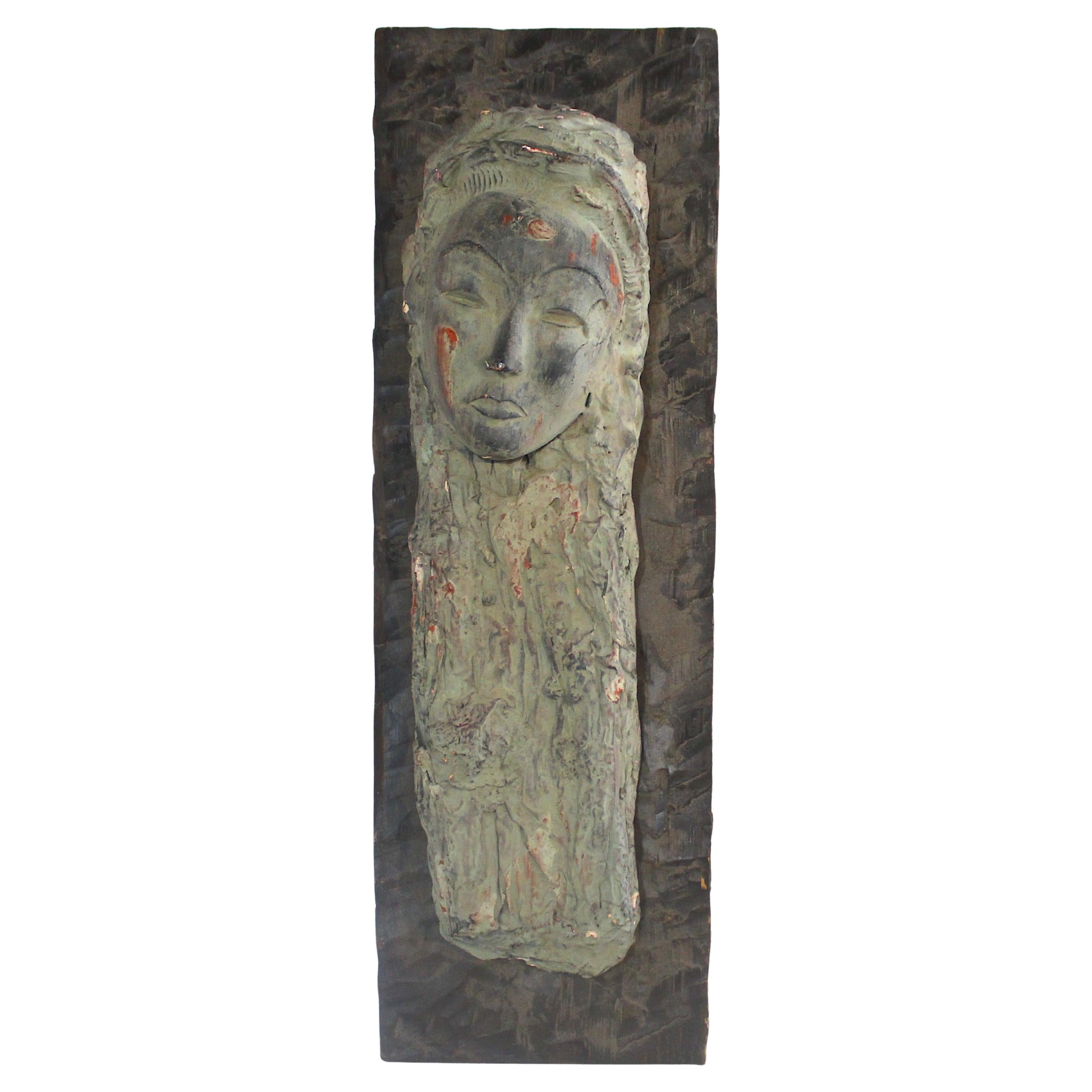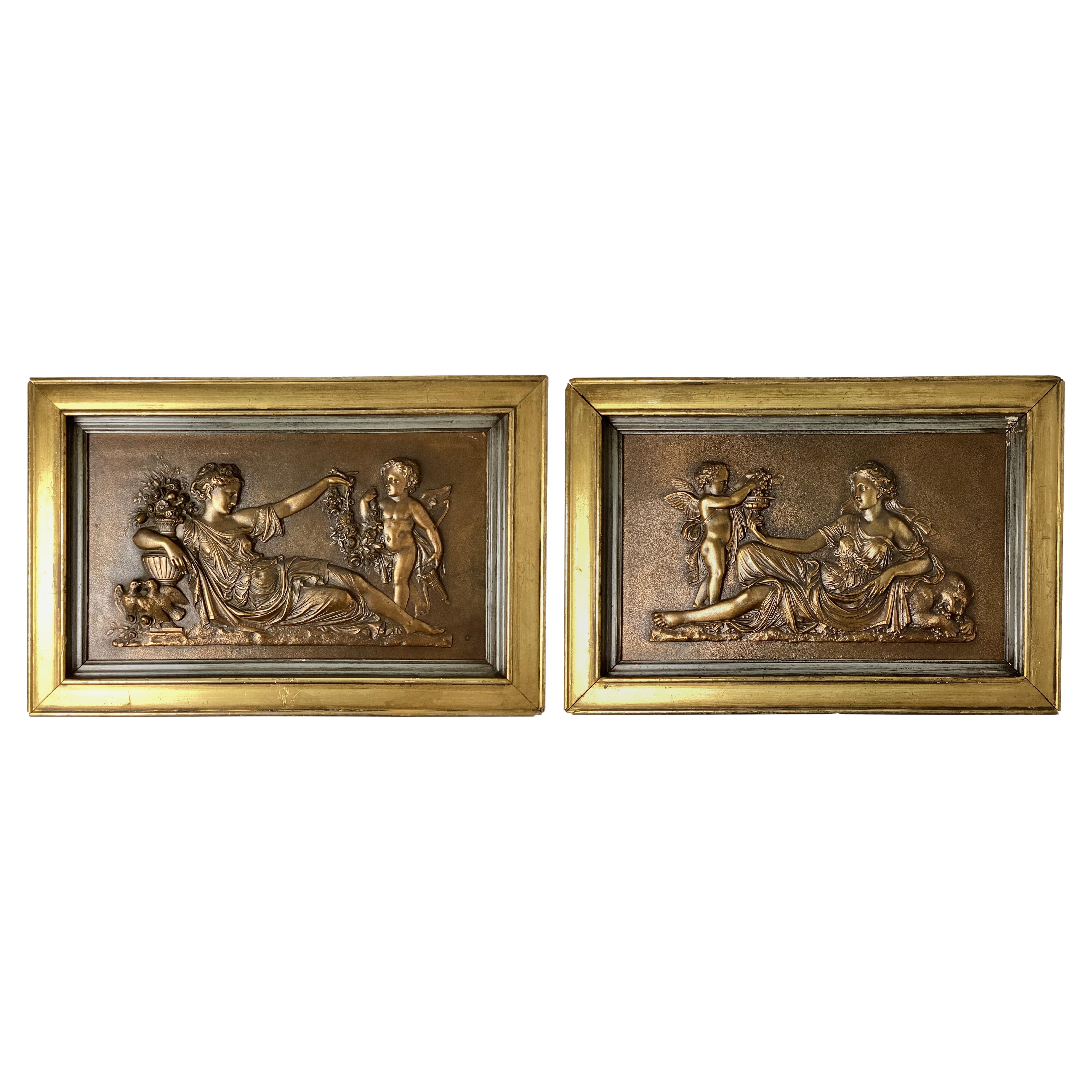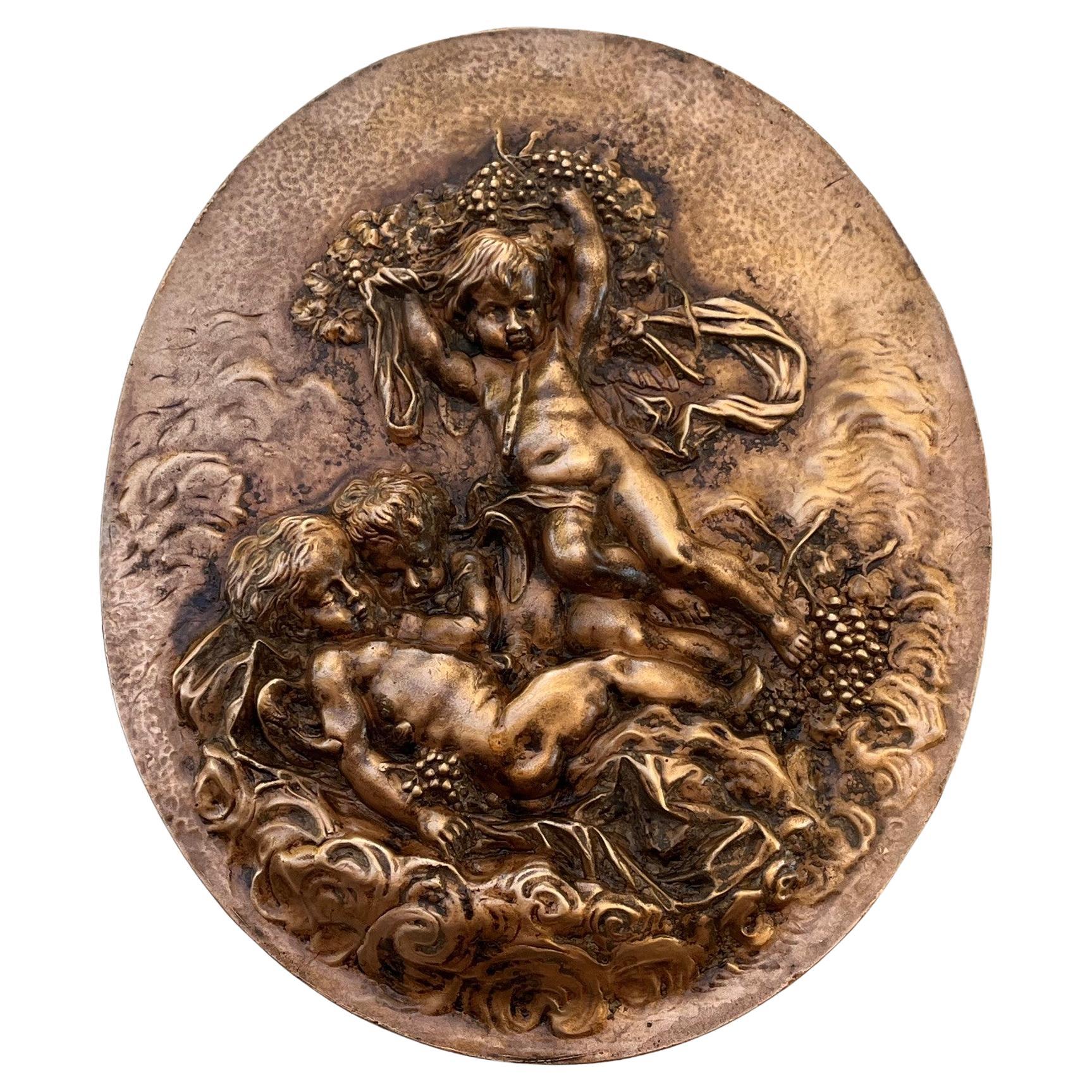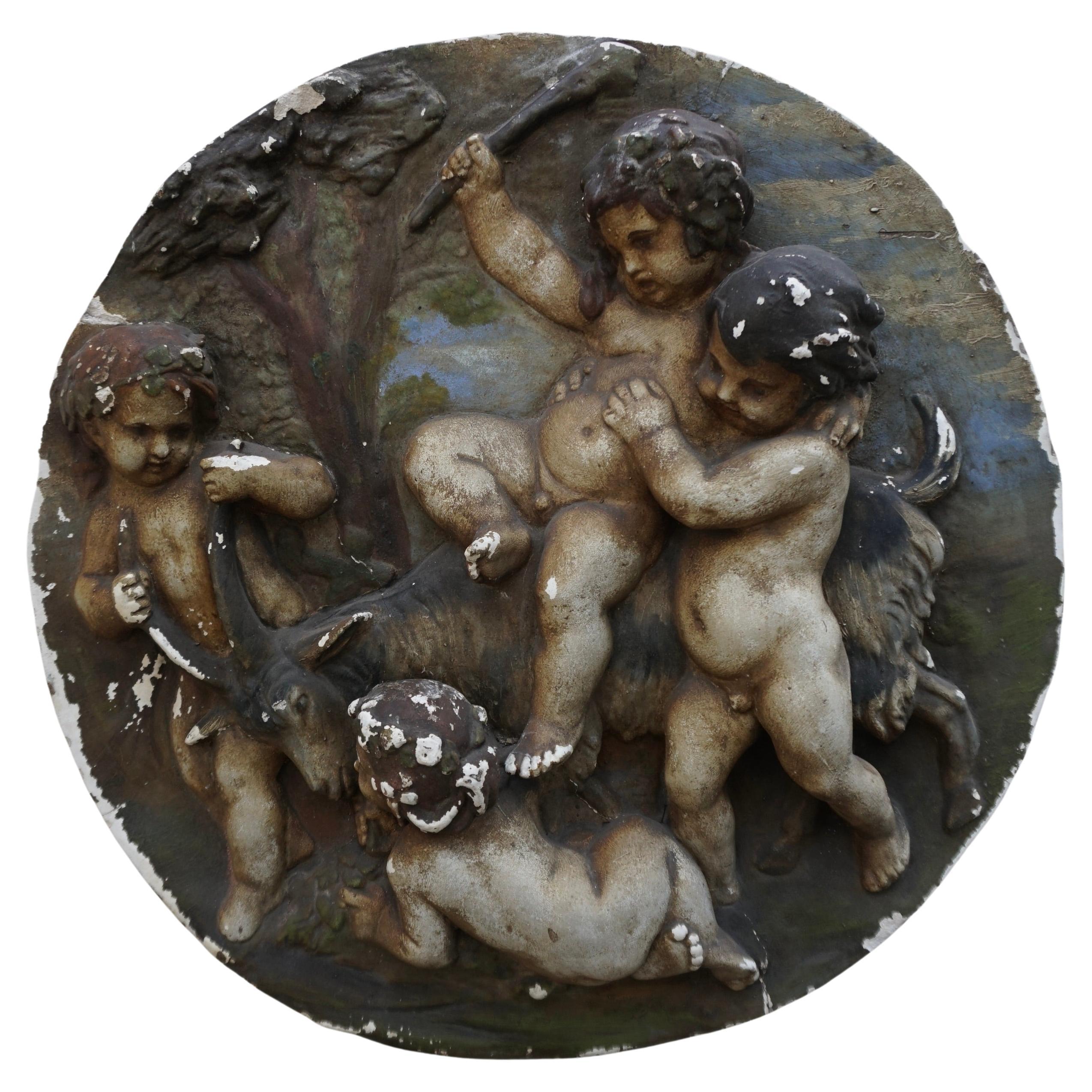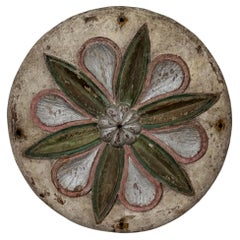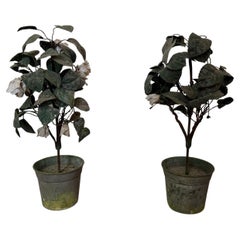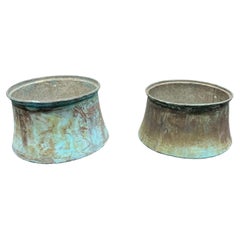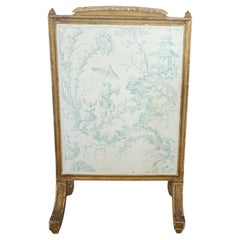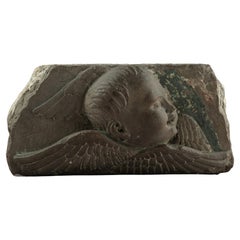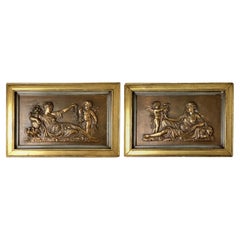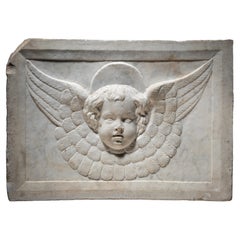Items Similar to Copper Cherub Relief
Want more images or videos?
Request additional images or videos from the seller
1 of 8
Copper Cherub Relief
About the Item
A captivating antique copper relief featuring a beautifully detailed composition of cherubs surrounding a central cartouche. This finely worked piece showcases the lightness and movement characteristic of classical decorative motifs, with the cherubs rendered in soft, sculptural detail.
At the heart of the relief lies an ornate cartouche, likely left blank for customization, now aged with quiet dignity. Traces of verdigris patina accent the copper surface, lending depth, texture, and a romantic sense of age to the piece.
Whether mounted above a mantel, incorporated into a custom panel, or displayed as a standalone artwork, this relief adds a touch of Old World opulence and artistry to any setting.
- Dimensions:Height: 25.5 in (64.77 cm)Width: 48.5 in (123.19 cm)Depth: 1.5 in (3.81 cm)
- Materials and Techniques:
- Place of Origin:
- Period:
- Date of Manufacture:Unknown
- Condition:Wear consistent with age and use.
- Seller Location:Atlanta, GA
- Reference Number:Seller: Hilary Created 4/51stDibs: LU10190244394632
About the Seller
New to 1stDibs
Joined in the past six months.
No Reviews Yet
Vetted Professional Seller
Every seller passes strict standards for authenticity and reliability
Established in 2022
1stDibs seller since 2024
Typical response time: 17 hours
- ShippingRetrieving quote...Shipping from: Carmine, TX
- Return Policy
Authenticity Guarantee
In the unlikely event there’s an issue with an item’s authenticity, contact us within 1 year for a full refund. DetailsMoney-Back Guarantee
If your item is not as described, is damaged in transit, or does not arrive, contact us within 7 days for a full refund. Details24-Hour Cancellation
You have a 24-hour grace period in which to reconsider your purchase, with no questions asked.Vetted Professional Sellers
Our world-class sellers must adhere to strict standards for service and quality, maintaining the integrity of our listings.Price-Match Guarantee
If you find that a seller listed the same item for a lower price elsewhere, we’ll match it.Trusted Global Delivery
Our best-in-class carrier network provides specialized shipping options worldwide, including custom delivery.More From This Seller
View AllAntique Italian Medallion
Located in Atlanta, GA
Elevate your space with the timeless elegance of this Antique Italian Wooden Medallion, a true masterpiece of Old World craftsmanship. Intricately hand-carved, this exquisite piece features a symmetrical design of delicate leaves, petals and a floral rosette, embodying the refined artistry of classic Italian décor.
Crafted from solid wood with a rich, aged patina, this medallion exudes authenticity and history, making it a perfect focal point. Whether incorporated into traditional interiors or as a statement accent in a modern space, this rare find brings warmth, depth, and European charm to any setting.
A stunning addition for collectors, designers, or those who appreciate fine antiques, this Italian medallion...
Category
Antique 19th Century Italian Mounted Objects
Materials
Wood
Pair of Rare 18th c. French Porcelain Tole Topiaries
Located in Atlanta, GA
These rare objets d’art feature intricately hand-cut and painted tole foliage, gracefully shaped into classical topiary forms. Adorning each piece are delicate porcelain flowers—each...
Category
Antique Late 18th Century French Figurative Sculptures
Materials
Tin
Copper Pots With Beautiful Patina
Located in Atlanta, GA
This exquisite set of antique copper pots showcases the warmth and character that only time can create. Handcrafted from solid copper, each pot features an aged patina, telling a sto...
Category
Antique 19th Century French Architectural Elements
Materials
Copper
$2,400 / set
19th century Napoleon III Fireplace Screen with Scalamandre Toile Silk
Located in Atlanta, GA
This gilt-wood Napoleon III fireplace screen, expertly carved from fine wood, showcases intricate detailing, from delicate scrollwork to graceful floral motifs.
The screen is uphols...
Category
Antique 19th Century Screens and Room Dividers
Materials
Wood
19th Century Bleached Oak Louis XV Buffet Enfilade
Located in Atlanta, GA
Elegantly crafted in the 19th century, this Louis XV-style two-door cabinet embodies French sophistication with its gracefully curved silhouette, intricate hand-carved details, and b...
Category
Antique 19th Century French Louis XV Credenzas
Materials
Oak
Italian Gilt Wood Chandelier
Located in Atlanta, GA
Illuminate your space with the timeless elegance of this 1950s Italian bronze gilt wood chandelier. The chandelier’s gracefully scrolling arms support multiple candle-style lights, c...
Category
Mid-20th Century Italian Chandeliers and Pendants
Materials
Bronze
You May Also Like
Renaissance Winged Cherub Relief
- Florence, 15th century
Located in Bruxelles, BE
Renaissance Winged Cherub Relief
Florence, Second Half of the 15th Century
Stone with traces of polychromy
Provenance: Important private collection, Northern Italy
This exceptional...
Category
Antique 15th Century and Earlier Italian Renaissance Figurative Sculptures
Materials
Stone
Aged Copper Style Relief on Wood
Located in Brooklyn, NY
Beautiful handmade relief of woman set on wood. This wall sculpture is made of a plaster style material and painted a handsome patina copper color.
Please confirm location NY or NJ
Category
20th Century Figurative Sculptures
Materials
Plaster, Wood
Pair Bronze Relief Wall Plaques Framed Woman with Cherub
By Boston Metallic Compression Casting Co.
Located in Lambertville, NJ
Pair bronze relief wall plaques framed woman with cherub. By Boston Metallic Compression Casting Co. Who ever re-framed in the 1994 included a rubbin...
Category
Early 20th Century American Wall-mounted Sculptures
Materials
Bronze
Cercle of Jacopo della Pila - Marble relief depicting a winged Cherub
Located in Bruxelles, BE
Cercle of Jacopo della Pila (Lombard, in Naples 1471-1502)
Marble relief depicting a winged Cherub
Naples, second half of15th century
40 x 57 x 12 cm
Exquisitely carved, this relief portrays a winged cherub with cascading hair and delicate features. The cherub's plump, smooth countenance, rounded cheeks, outlined lips, and finely drawn nose emanate a sense of tenderness. The quadrangular module, is adorned with a carved frame. The relief ascends gradually, transitioning from the low relief of the wings to the high relief of the head.
The rectangular frame and the subtly curved form of the artwork suggest that the relief likely adorned the upper part of an arch or a vaulted chapel. The type is that of the perspective room with a coffered ceiling decorated with figures of winged cherubs, which is found in various Neapolitan chapels of the 15th century. Coffered ceilings attest to the recovery of antiquity and the search for luxury in Renaissance architecture, first in Florence, then in Rome and Naples. The majority of the numerous family chapels and tombs built during the late fifteenth century in south of Italy employ the new formal vocabulary of the Florentine Renaissance in a self-confident manner that permitted a broad spectrum of variations.
The escalating admiration for the classical world, coupled with the development of perspective, significantly contributed to the Renaissance endorsement of coffered ceilings. This artistic and constructive device drew inspiration from the intricate marble patterns observed in historical landmarks such as the Arch of Titus, the Temple of Vesta in Tivoli, the Pantheon, and the Basilica of Maxentius. A distilled product of both mathematical and artistic cultures, deeply scrutinizing the ancient world, the coffered ceiling plays a vital role in the perspective construction of space with its regular and directional geometry. The motif of the coffered ceiling decorated with cherubs in relief was introduced in Naples by Francesco Laurana in the plastic decoration of the Arch of Castelnuovo. Laurana's impact on the art scene in the south of Italy was profound. The introduction of the winged cherub into the region's artistic vocabulary bridged the gap between the classical and the contemporary, creating a synthesis that resonated with both aesthetic and spiritual sensibilities. His influence extended beyond the immediate visual appeal, shaping the cultural identity of the Renaissance in southern Italy. Although the plastic decoration of the Arch of Castelnuovo cannot certainly be ascribed to a mature Renaissance style, it was precisely on this occasion that the sculptors who worked there could get to know and export throughout the Italian peninsula that type of "Florentine classicism" which, even in the 15th century Naples, was conditioned by the Burgundian culture imported into the Kingdom by Alfonso of Aragon himself, with artists called from Spain and Northern Europe. The coffered ceiling, with its geometric patterns and Laurana's winged cherubs nestled within, became a symbol of refinement and cultural sophistication. The relief sculptures, carefully integrated into the overall design, transformed the ceiling into a celestial realm, inviting viewers to contemplate the divine while immersed in the grandeur of the Renaissance space.
Similar winged cherubs appears also in the Naples cathedral. Within the renowned Succorpo Chapel, a mesmerizing marble coffered ceiling adorned with cherubs epitomizes the splendor of the Neapolitan Renaissance. The interplay of light and shadow on the textured surface of the marble coffered ceiling introduces an ethereal dimension, providing an immersive visual experience for observers. The geometric precision and the repeated patterns, reminiscent of classical motifs, establish a sense of harmony and balance that has become the hallmark of the Neapolitan interpretation of Florentine Renaissance aesthetics.
Although probably intended to be admired from a distance, this cherub is intricately detailed and exquisitely rendered: the face and hair are elegantly outlined and the feathers are textured through juxtaposed lines. The marble, both figurative and decorative, adheres to the principles of balance and restrained ornamentation typical of the « Florentine Classicism ». Harmonious shapes and gracefully orchestrated curves , rooted in the classical repertoire, converge to evoke a sense of ethereal beauty. The surface displays the masterful use of a chisel to intricately carve the feathers and facial features, creating an almost abstract quality.
This work is a testament to a sculptor of great skill and rich figurative knowledge, seamlessly blending classical firmness in contours with a refined treatment of the marble's surface. The combination of tradition and innovation point to a stylistic idiom from Lombardy, in particular we can find some comparaisons with the works of Jacopo della Pila, sculptor of Lombard origin working in Naples in the second half of the 15th century. He is documented there between 1471 and 1502, and is a protagonist of the Aragon Renaissance in the second half of the Quattrocento, together with the other great Northern sculptor active in the kingdom, Domenico Gagini.
the first commission he received dates back to August 9, 1471, when Jacopo publicly committed to sculpting the funerary monument of Archbishop Nicola Piscicelli to be placed in the Cathedral of Salerno. The last known work is an altar ordered on July 29, 1502, by the noble Jacopo Rocco for the church of San Lorenzo Maggiore in Naples. Between these two chronological extremes (1471-1502), we must place the fervent activity of the artist, who had trained in Rome, perhaps under the guidance of Paolo Romano but also engaged in dialogue with other major artists of the city, especially Isaia da Pisa. He enriched his experience in Naples, initially drawing inspiration from the works of Domenico Gagini and later from the Tuscan masterpieces of Antonio Rossellino and Benedetto da Maiano destined for the church of Santa Maria di Monteoliveto. Jacopo della Pila's artistic personality is thus based on a complex interplay of influences, contributing to the definition of a highly personal style.
Close comparaison can be made between our cherub and the winged angels reliefs...
Category
Antique 15th Century and Earlier Italian Renaissance Figurative Sculptures
Materials
Marble
$22,338 Sale Price
20% Off
French 19th Century Heavy Bronze Relief Plaque of 3 Cherubs
Located in Vero Beach, FL
French 19th Century Heavy Bronze Relief Plaque of 3 Cherubs
This beautiful 19th century French bronze is a heavy oval plaque featuring three frolicking Cherubs. The high relief and ...
Category
Antique 19th Century Rococo Figurative Sculptures
Materials
Bronze
19th Century French Plaster Relief Plaque of Four Putti Cherubs
Located in Antwerp, BE
A round colorful plaster wall relief of four putti.
This beautiful religious artwork comes from an old monastery.
Diameter 20.8" - 53 cm.
Depth 4.3" - 11 cm.
Category
Antique 19th Century French Hollywood Regency Figurative Sculptures
Materials
Plaster
Recently Viewed
View AllMore Ways To Browse
Heart Display
Relief Cherub
Copper Relief Panel
Wall Tapestry French
Ottoman Lounge Chair
Art Deco Furniture Worlds Fair
Candelabra Chandeliers
Large Brass Wall Sconce
Modern European Side Tables
Dish Plate
Glass Lamps One Piece
Hand Carved Wall Art
Italian Pendants Pair
Childrens Furniture 1920s
Italian Glass Vase Vintage
Italian Reading Lamps
4x6 Persian Rug
Vintage Lighting Flush Mount
